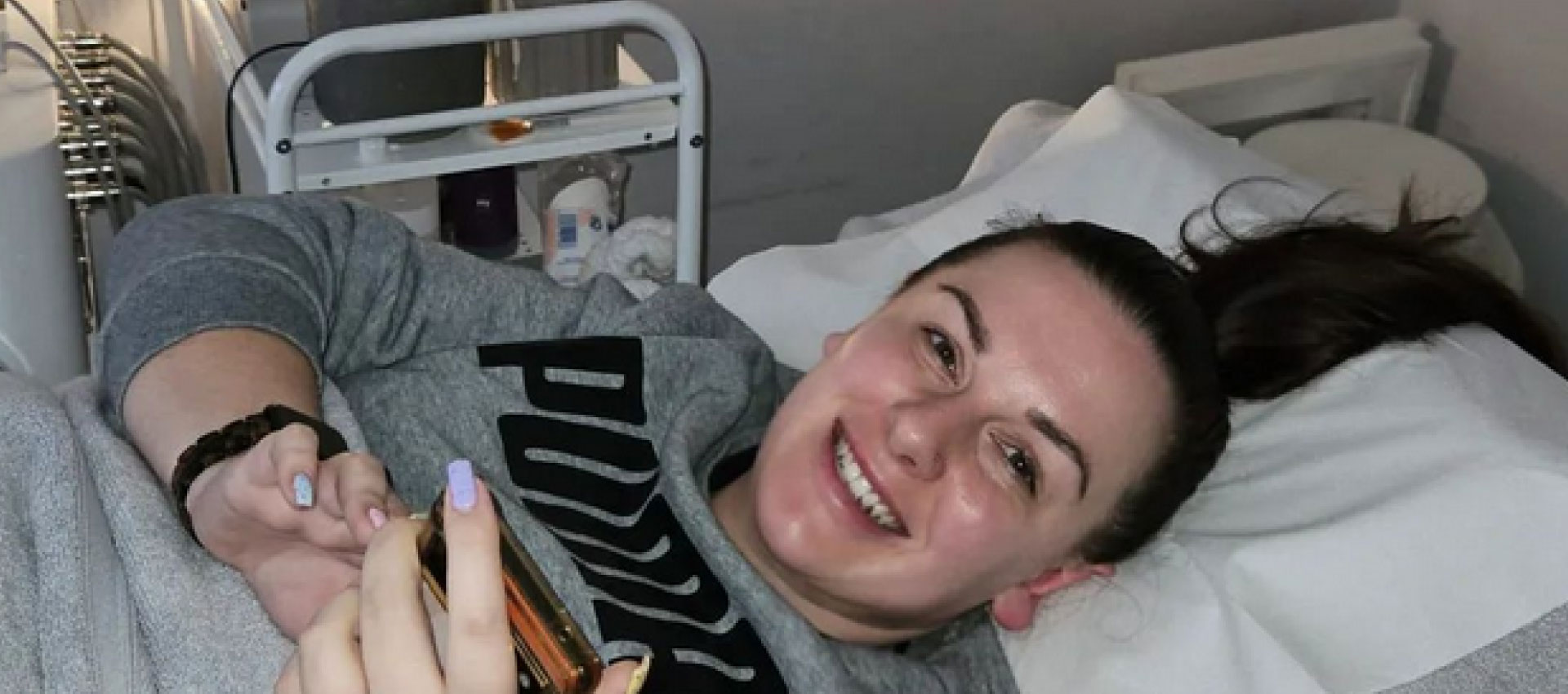Around 30 years ago, LED light therapy treatment was developed as a treatment to help US Navy SEALs regenerate damaged tissues and heal skin wounds.
Nowadays, LED light therapy has evolved to become an established and popular facial aesthetic skin treatment.
In essence, LED light therapy can help to reduce the appearance of acne, wrinkles, and age spots. However, it’s not quite as simple as that because different types of light can be used to treat different conditions.
Blue LED light therapy is used to target sebaceous glands which are underneath the hair follicles beneath the skin’s surface – the ones that produce oil. Usually, the sebaceous glands lubricate skin and hair, preventing them from becoming too dry, but if these glands become overactive they can lead to oily skin and acne outbreaks.
It’s thought that blue LED light therapy can be used to target overactive sebaceous glands so that they produce less oil leading to fewer acne outbreaks. Blue light also gets rid of the bacteria beneath the skin’s surface helping to treat more significant skin problems such as some cysts or more acute acne spot outbreaks.
Red LED light therapy is used differently to treat the outer layer of the skin – the epidermis. The infrared light is absorbed by the epidermis which is then stimulated to produce collagen proteins. As we age the amount of collagen we produce diminishes, so by stimulating its production, the increase in collagen should reduce fine lines by making the skin appear plumper and smoother.
It’s also thought that red LED light improves circulation and reduces inflammation which can make the skin have a healthy glow.
Although most popularly used on the face (which because of exposure to the outdoor elements, tends to be more damaged than more covered-up areas of skin), LED light therapy can be used to treat any part of the body such as the neck, chest or back.
Moreover, there’s no reason why blue and red LED light therapy can’t be used in conjunction with each other to get the benefits of both. Neither contain ultraviolet rays which means they won’t cause long term damage to the skin, and both are readily absorbed, (although, caution is advised for people who are sunlight sensitive).
As a non-invasive treatment, LED light therapy is thought to reduce signs of aging and eliminate acne making it a popular aesthetic treatment.







